-
150 real exam questions with verified answers
-
In-depth rationales for each question to deepen understanding
-
Covers key fundamentals topics: patient care, safety, and infection control
-
Updated 2025 content aligned with the latest nursing standards
-
Includes Next Generation NCLEX (NGN)-style questions for clinical judgment
-
Ideal for retake prep and comprehensive nursing exam review
-
A+ graded feedback to ensure top performance
Preview
1. Preventing Spread of Influenza
Question:
A nurse is caring for a client who has influenza and isolation precautions in place.
Which of the following actions should the nurse take to prevent the spread of infection?
A. Wear a mask when working within 3 feet of the client
B. Administer metronidazole
C. Don protective eyewear before entering the room
D. Place the client in a negative airflow room
Correct Answer: A. Wear a mask when working within 3 feet of the client
Rationale:
Influenza is spread via droplet transmission, so a surgical mask should be worn when
within 3 feet of the client. Negative airflow rooms are used for airborne infections like
TB. Metronidazole treats anaerobic bacteria, not viruses. Protective eyewear is not
necessary unless there is a risk of splashing.
2. Wrist Restraints Application
Question:
A nurse obtains a prescription for wrist restraints for a client who is trying to pull out his
NG tube. Which of the following actions should the nurse take?
A. Attach the restraints securely to the side rails of the client’s bed
B. Apply the restraints to allow as little movement as possible
C. Allow room for two fingers to fit between the client’s skin and the restraints
D. Remove the restraints every 4 hours
Correct Answer: C. Allow room for two fingers to fit between the client’s skin and the
restraints
Rationale:
To maintain circulation and prevent injury, restraints should be applied with enough
room for two fingers between the restraint and the skin. They should be tied to non
movable parts of the bed (not side rails), and checked hourly with removal every 2
hours, not 4.
3. Transmission-Based Precautions for TB
Question:
A nurse is admitting a client who has tuberculosis. Which of the following types of
transmission precautions should the nurse plan to initiate?
A. Droplet
B. Airborne
C. Protective environment
D. Contact
Correct Answer: B. Airborne
Rationale:
Tuberculosis is an airborne infection, requiring N95 respirators and a negative
pressure room. Droplet precautions are for illnesses like influenza, contact for MRSA,
and a protective environment is used for immunocompromised patients.
4. Poisoning: Paint Thinner Ingestion
Question:
A nurse in a well-child clinic receives a telephone call from a parent who states that
their child accidentally swallowed paint thinner. The child is awake and alert. Which of
the following responses should the nurse make?
A. Have your child drink one large glass of water
B. Hang up and call a poison control center hotline
C. Bring your child into the clinic later today
D. Induce vomiting in your child with syrup of ipecac
Correct Answer: A. Have your child drink one large glass of water
Rationale:
After ingestion of corrosive substances like paint thinner, the first aid is to dilute the
substance with water. Inducing vomiting is contraindicated due to risk of aspiration
or further esophageal injury. Immediate guidance from Poison Control is also
essential.
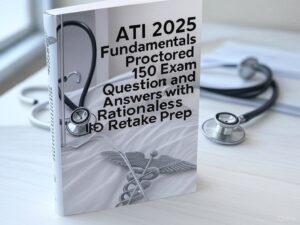
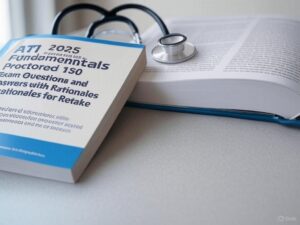



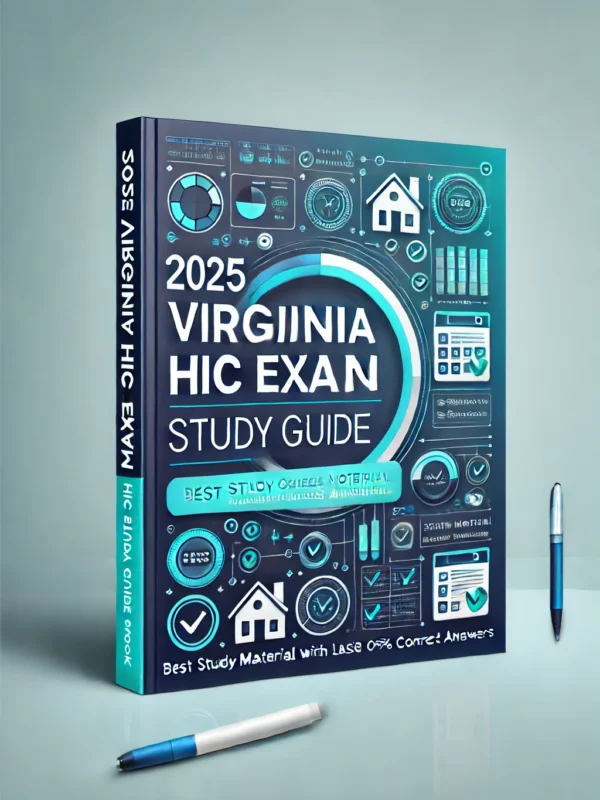


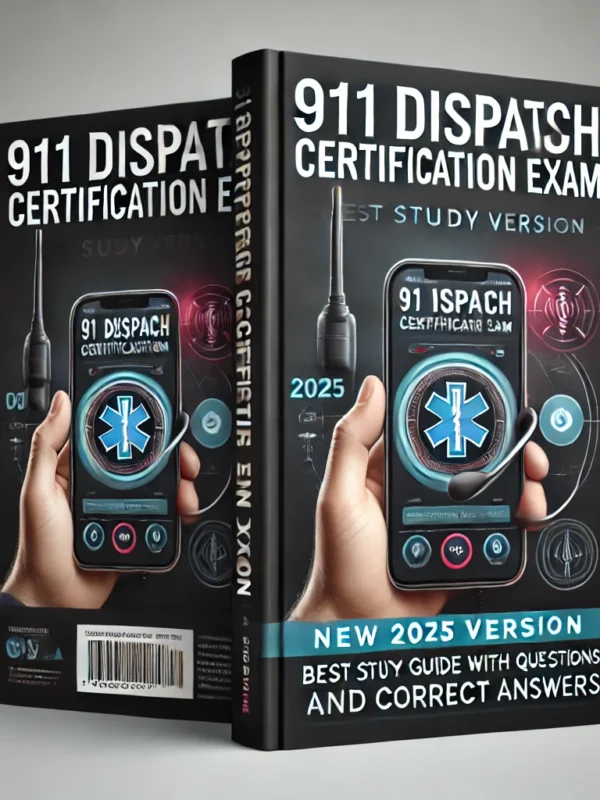
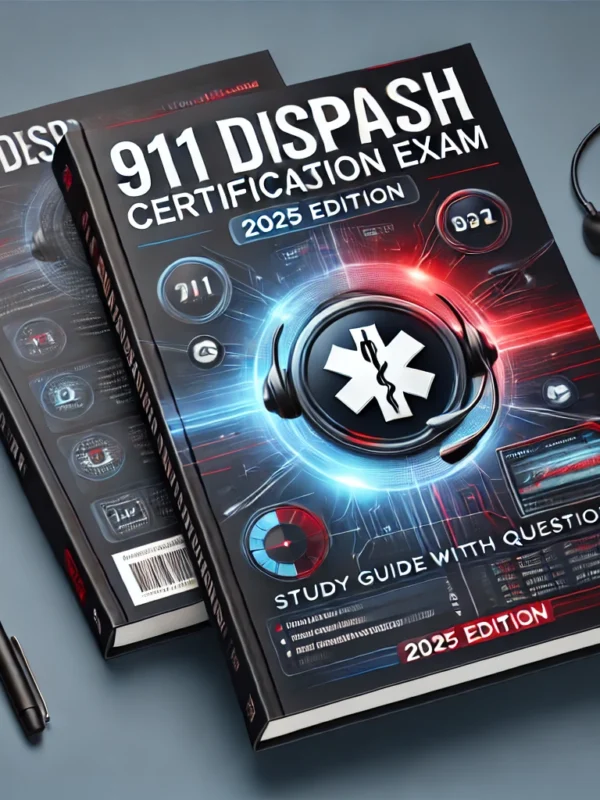


Reviews
There are no reviews yet.